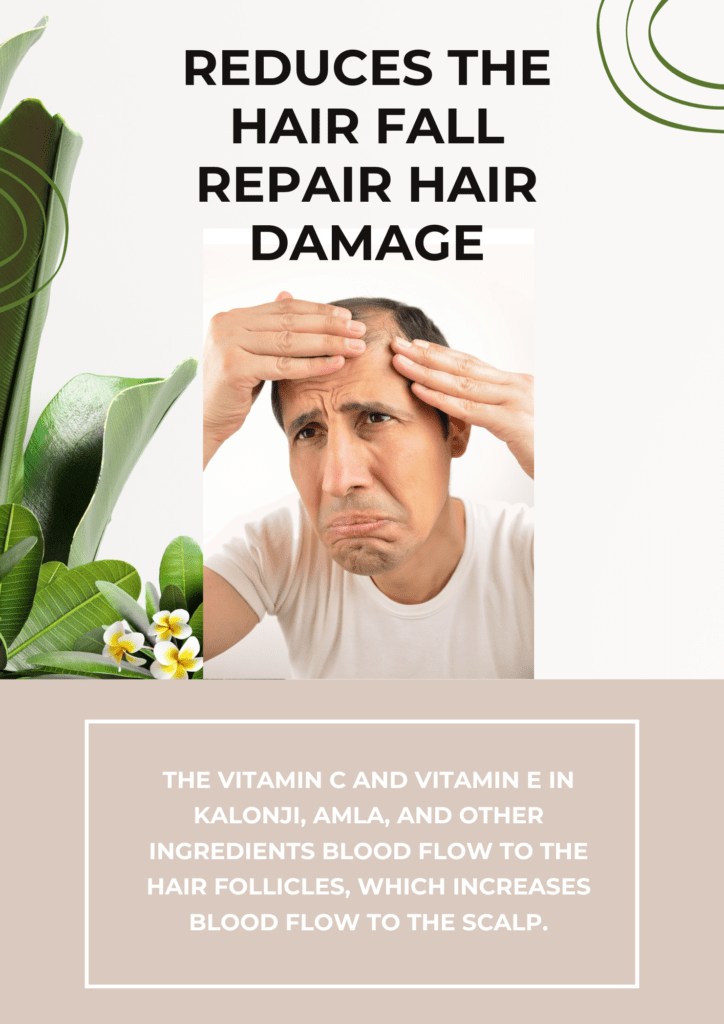Introduction
Welcome to our comprehensive guide on hair loss! In this article, we will delve into the symptoms and causes of hair loss, providing you with valuable insights and information to help you understand this common condition better. Whether you’re experiencing hair loss yourself or seeking knowledge on behalf of someone else, we’ve got you covered. Let’s dive right in!
Understanding Hair Loss
What is Hair Loss?
Hair loss, also known as alopecia, refers to the excessive shedding or thinning of hair. It can affect both men and women, and its causes can vary widely. Hair loss can occur gradually or suddenly, depending on the underlying factors. It is important to note that hair loss is a complex issue influenced by various genetic, environmental, and lifestyle factors.
Common Symptoms of Hair Loss
Hair loss manifests differently for different individuals. Here are some common symptoms to watch out for:
- Excessive Hair Shedding: Increased hair fall during daily activities such as brushing, showering, or combing.
- Thinning Hair: Noticeable reduction in hair density, especially in specific areas of the scalp.
- Receding Hairline: Gradual or rapid hairline recession, often forming an “M” or “U” shape.
- Bald Patches: Round or oval-shaped areas where hair is completely absent.
- Full-Body Hair Loss: In rare cases, hair loss may extend beyond the scalp, affecting eyebrows, eyelashes, and body hair.
If you’re experiencing any of these symptoms, it is essential to consult a healthcare professional for a proper diagnosis.
Causes of Hair Loss
Understanding the causes of hair loss is crucial to effectively addressing the issue. Let’s explore some of the primary factors contributing to hair loss:
1. Genetics and Hormonal Factors
Heredity plays a significant role in hair loss. If you have a family history of baldness or thinning hair, you may be more susceptible to experiencing hair loss. Hormonal factors, such as changes in androgen levels, can also contribute to hair loss. Conditions like male and female pattern baldness are often genetically determined and influenced by hormonal imbalances.
2. Medical Conditions and Treatments
Certain medical conditions and treatments can trigger hair loss as a side effect. These include:
- Alopecia Areata: An autoimmune disease that causes patchy hair loss on the scalp and other areas of the body.
- Thyroid Disorders: Imbalances in thyroid hormone levels can disrupt hair growth cycles and lead to hair loss.
- Scalp Infections: Fungal or bacterial infections of the scalp can damage hair follicles and result in hair loss.
- Chemotherapy: Powerful cancer treatments can cause temporary hair loss due to the impact on rapidly dividing cells, including hair follicles.
3. Lifestyle and Environmental Factors
Certain lifestyle choices and environmental factors can contribute to hair loss:
- Stress: Chronic stress can disrupt the normal hair growth cycle and lead to increased shedding.
- Nutritional Deficiencies: Inadequate intake of essential nutrients, such as iron, zinc, and vitamins, can weaken hair follicles.https://suvarnved.com/product/jiwantika-ayurvedic-hair-suppliement/
- Hairstyling Practices: Excessive use of heat, tight hairstyles, and chemical treatments can damage the hair shaft and contribute to hair loss.
- Environmental Pollution: Exposure to pollutants and toxins in the environment can have a detrimental effect on hair health.
Seeking Professional Help
If you’re concerned about hair loss, we recommend seeking professional advice. A qualified dermatologist or trichologist can evaluate your condition, identify the underlying cause, and recommend suitable treatment options. Early intervention and proper care can often slow down or reverse hair loss.
Conclusion
In conclusion, hair loss is a common condition that can significantly impact one’s self-esteem and quality of life. By understanding the symptoms and causes of hair loss, you are better equipped to tackle the issue head-on. Remember, each case of hair loss is unique, and what works for one person may not work for another. Consulting a healthcare professional is crucial for personalized guidance and an effective treatment plan.







